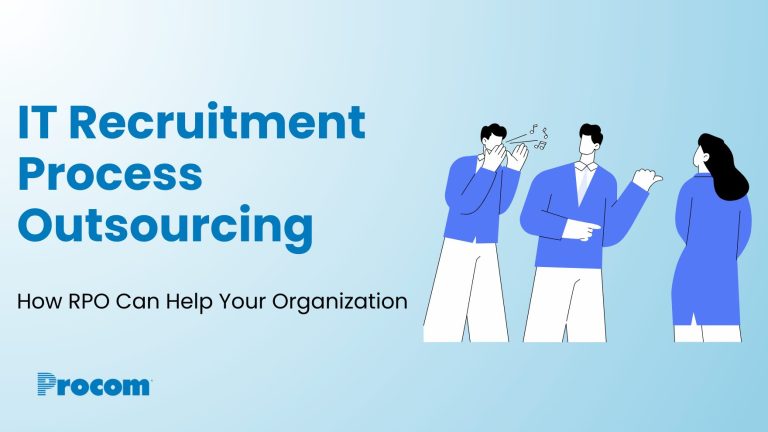HR managers and talent teams must leverage data and prioritize preparation in the recruiting and hiring processes when engaging in contract negotiations counter-offers.
The labor market could experience a shift in today’s uncertain economy. This means it’s essential for employers to move beyond reactive recruiting responses to a data-driven, talent-centric strategy that includes actionable solutions for pay negotiations and addressing counter-offers.
The information below will provide negotiation tactics to ensure competitive, fair market rates and strategies for countering the counter-offer.
Contract negotiation considerations
The pandemic and Great Resignation or Great Reshuffle altered the compensation landscape for many industries and individual job roles. Employers that don’t account for the current market dynamics risk overpaying candidates, losing desirable candidates and even damaging the organization’s brand when compensation and benefits packages don’t align with contemporary standards.
To enlist top talent at a fair salary (for traditional full-time employees) or a fair market rate (for contingent workers), consider these contract negotiation preparation tactics:
Leverage hiring and workforce data
Tracking, evaluating and comparing data related to job roles and their corresponding skill sets provides several benefits to contract negotiations, including but not limited to:
- Establishing salary or rate benchmarks for individual positions
- Ensuring offers stay on trend with current market conditions
- Informing objective offers backed by evidence
- Avoiding inflated offers to underqualified candidates
Organizations that employ contingent workers or independent contractors should maintain rate cards for each role and update these cards regularly, or at least every two years. When refreshing rate cards, consider the current job market conditions, evolving role categories, progressing skill sets and emerging technologies.
Prioritize talent over budget
This is not encouragement to overspend on a desired candidate but a recognition that contract negotiation is a balancing act that, in today’s climate, still leans toward talent.
Before extending an offer that anchors further negotiations, hiring leaders should attempt to gather details about the candidate’s expected rate and their motivations for considering the role. With this information and up-to-date wage data, employers can establish a viable compensation range and identify compromises the candidate may be willing to make in the negotiation process.
Emphasize compelling reasons beyond salary
Salary and benefits remain crucial considerations for job seekers, but they are not necessarily the most important factors.
For example, Procom’s 2021 Voice of Talent report indicated that flexible work options were just as important to job seekers as compensation, with nearly 70% of workers identifying flexibility as “very important.” In contract discussions, it’s important to highlight compelling reasons beyond salary and benefits why candidates may want to join your organization:
- Engaging company culture
- Focus on work-life balance
- Opportunities for career advancement and professional growth
- Strong sense of social purpose
Be intentional about communicating your organization’s distinguishing characteristics through your brand and throughout the hiring process.
Act with timeliness
Employers should be transparent about their expected hiring timelines and communicate any changes promptly.
Employers who drag out the interview or negotiation processes risk losing out on talent. Most job seekers expect the interview process to last two weeks or less, and candidates begin to lose interest in prospective employers if they have not received at least a follow-up within that span.
To stay on track, plan your hiring team and set deadlines. Know who will be involved in interviews, develop questions in advance and treat each interview with equity.
Counter-offers: Preparing for and countering
Many job seekers remain employed as they consider new roles, and their employers may attempt to retain them by extending counter-offers when they provide notice of their intent to leave. Counter-offers often take employees by surprise, which is one reason why it’s advisable for hiring stakeholders to prepare for them.
Types of counter-offers
Counter-offers come in different forms, most commonly:
- Greater financial compensation or expanded benefits
- Title promotion or increased responsibility
- Modified reporting structure
- Career advancement promises
Sometimes, employers may use guilt or emotional manipulation to keep a valued employee. Beware, a current employer may also slander or otherwise disparage a prospective employer, which could backfire.
Preventing counter-offers
Counter-offers generally occur during the contract negotiation phase, and while they’re sometimes unavoidable, employers can take some steps to pre-empt and deflect counter-offers.
Consider raising some of the following questions during the candidate screening or interviewing processes:
- Are you actively seeking other opportunities?
- Why do you want to leave your current position?
- Are you satisfied with your current compensation and previous promotions or raises?
- Does your organization extend counter-offers to departing employees?
- How would you respond if your employer made a counter-offer?
Asking and answering these questions may not prevent counter-offers entirely, but they can help prospective employers get a handle on candidates’ motivations and help candidates prepare if a counter-offer is made.
Countering counter-offers
If a candidate receives a counter-offer, the following questions can help them focus on their compelling reasons for seeking employment elsewhere and redirect them to the opportunity at hand:
- Do you feel valued by your employer, and what kind of recognition is essential to you?
- Why didn’t your employer extend their best offer until you notified them of your intent to leave?
- Was money your main reason for considering a new opportunity?
- Where do you see yourself in six months, two years and beyond if you remain in your current role?
- Are you happy with management at your current employer?
- Will this counter-offer preclude future opportunities for raises or advancement?
Counter-offers are often short-term patches for damaged professional relationships. Candidates must be reminded of their compelling reasons for seeking a change; if an employer’s management makes a candidate miserable, that misery is not going to vanish with more money and the same management.





